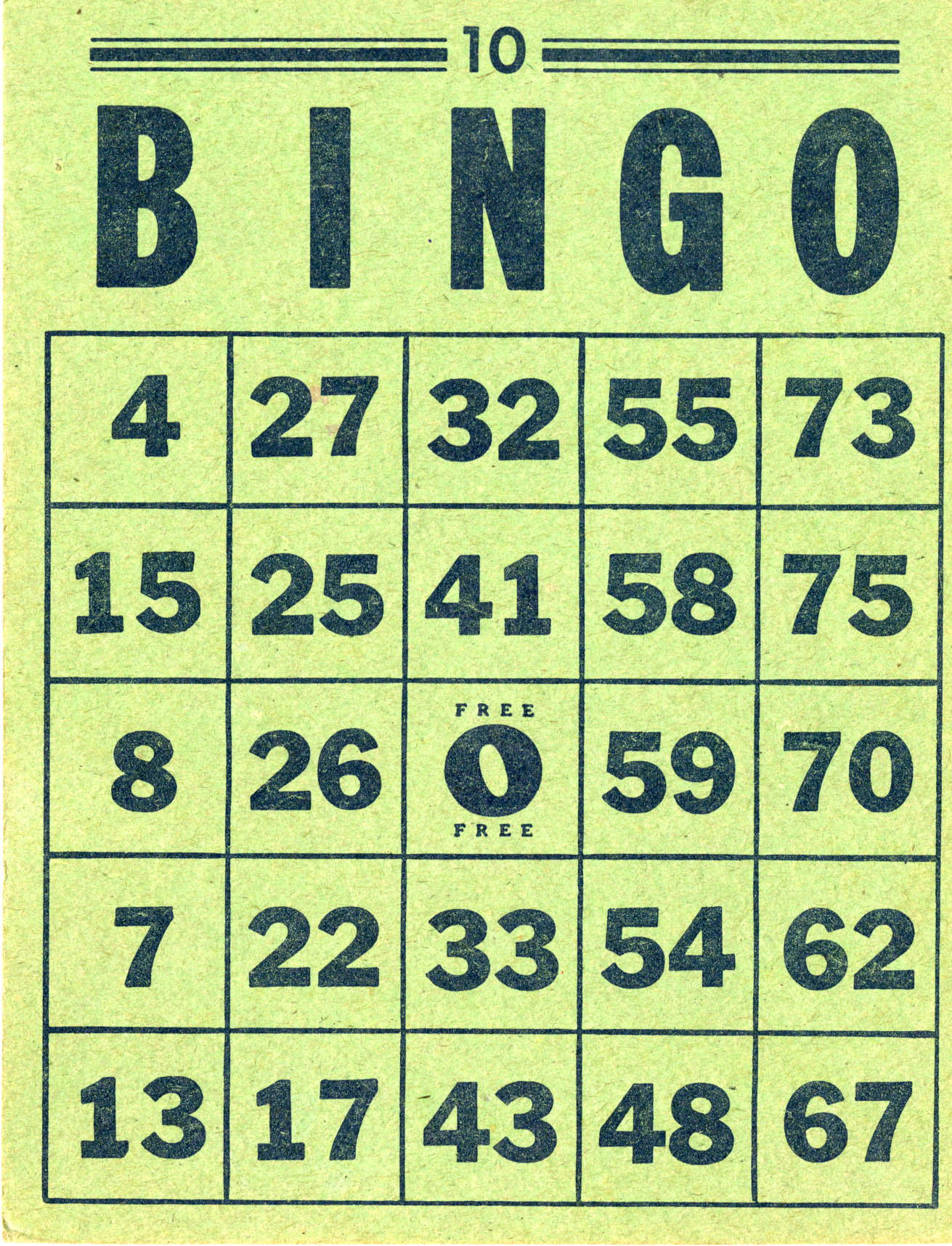Another SQLSaturday down! This was my second one to organize in a year, and it was much different than the first event we held in April. I learned a lot this time about managing the event, so it’s time for another wrap-up post 🙂 (YAY! You know you’re excited!).
Before I go to far, I need to express a huge THANK YOU to the faculty and students at Gainesville State College and the Institute for Environmental and Spatial Analysis, particularly Allison Ainsworth (and yes, we’re related). I’ll explain more about their role in a bit, but they really made the event flow flawlessly and their presence helped make this event a huge success in a number of ways. I’d also like to thank my daughter Isabel, who (like a typical twelve-year-old) alternated between being bored and excited about being there. She was constantly in motion throughout the event, and she made me very proud.
I also want to thank our sponsors: Interworks and RedGate, as well as our hosting user group AtlantaMDF. Without their involvement, there would be no SQL Saturday, and I hope that we can continue this tradition in our area for a long, long time.
Basic stats
- 103 registered; 75 attendees
- 12 faculty and student workers
- 3 tracks; 14 speakers
What worked well…
- Faculty & Student Volunteers rocked. Having someone running the show who did not have a vested interested in seeing the speakers was a great asset; if you can partner with a local school and work out a deal to have student workers, DO IT!. The team at GSC worked very hard, and while they managed to sneak in a few sessions, they didn’t expect to see all of them. This was very different from the Alpharetta event earlier in the year where I felt guilty because several volunteers were unable to attend sessions.
- Attendee Volunteers were awesome. I had several attendees who were very willing to proctor the sessions they were in (thus relieving the student workers of that responsibility). They handled speaker time, took care of announcements, and made sure that the sessions flowed smoothly from one to the next.
- Lunch! Lunch was a bit of an accident, really; we had made arrangements with Sonny’s Bar-B-Q to provide the meal, but had neglected to follow up until right before the event. We were expecting box lunches, but because of the timing, they provided us with a buffet. This happy accident was actually OK, as our costs were lower, and the amount of food provided was enough to ensure that everyone was well-fed. In general, everybody ate well (breakfast, lunch, and a snack).
- Speakers! Just thumbing through the evaluation forms, I saw a lot of positive comments. I also heard a lot from the attendees about how well the speakers did in general. We had several first-time speakers at this event, and I think they handled themselves very well.
- Facility. I had several attendees compliment me on the choice of the facility; even though GSC is a bit of a drive from downtown Atlanta, several people seemed to indicate that the spaciousness of the floor plan was worth the drive.
What needs improvement…
- Sponsor recruitment. We only had a couple of sponsors, and I wished I had managed to contact more. Part of the difficulty was in approaching sponsors so soon after the Alpharetta event. However, I did have a few attendees remark that they missed having the opportunity to meet with the sponsors.
- Prizes-for-evals. In each session, we had attendees complete an evaluation form for a ticket; this way the form could be confidential, and they would have a chance to win a prize at the end of the day. According to Allison, this was tough to manage (making sure that tickets and forms were collected at the end of each session). I also think it biased the evals; since people HAD to complete one to get a ticket, many of them simply circled all #1’s or #4’s.
- Session oppositions. I had a couple of situations where I wished I could have touted the GIS sessions more than I did; at the end of the day, for example, most of the SQL Server folks went to the open spaces sessions rather than the GIS session describing the program at GSC. People have free choice, but I wish I could have found a way to encourage them to learn more about the hosting organization.
- Student presenters. We had originally intended that there be a SQL Saturday #24 on Friday, featuring Student presenters. It didn’t happen, so we need to figure out a way to open doors to students at GSC (and other schools). We did have two presenters on Saturday, but I wish we had more.
What I would change next time…
- Speaker polos; student worker T-shirts. We had speaker –t-shirts made up for the event, and we also shared them with most student volunteers. I had a couple of speakers remark that they missed the polos (but they understood it was a budgeting issue). It was nice, however, to see a sea of green t-shirts manning the registration desk, and helping attendees find their way.
- More vegetarian options. No one went hungry; however, we had ordered vegetarian meals from a local Chinese restaurant for the attendees who had registered as vegetarians. We had a few people who thought they had registered as a vegetarian, but it didn’t list that way on the extract from the site (my guess is they never actually clicked the button). IF we do a buffet next year, we may do it as a Chinese buffet with additional vegetables.
- Bill the event as a North Atlanta or Lake Lanier event. The space is great, and we’d love to make it a bigger event next year; however, we have to convince the Atlanta development community that it’s worth the drive, AND we have to figure out a way to get more sponsors involved. IF we could get a well-known keynote (or special topic) speaker to appear, that could boost our attendance rate, and boost the sponsorship.
- Give away prizes during the last few minutes of a session. Let’s do away with the prize-for-eval; still hand out eval forms, and tickets, but let the proctor in each session do the prize pull at the end of the session REGARDLESS of whether or not they have a completed form. Hang on to all of the tickets for extra prizes at the end of the day.
Additional writeups:
A couple of blogs have already made it around the net; here’s a couple of different perspectives on the day.
http://dyfhid.blogspot.com/2009/10/sql-saturday-25-and-epiphany.html
http://ammonsonline.com/jeffablog/post/SQL-Saturday-25-Fun.aspx
http://arcanecode.com/2009/10/10/sql-saturday-25-gainesville-ga-october-10-2009/

 No, what bugs me, is that out of the 6 answers posted, 3 of them involve CURSORS. For a SQL question. I know. Shock and horror.
No, what bugs me, is that out of the 6 answers posted, 3 of them involve CURSORS. For a SQL question. I know. Shock and horror. This will be a short post, mainly because I’m in the home stretch for
This will be a short post, mainly because I’m in the home stretch for  So, last year at PASS Summit, I had my first real experience with a heavily-
So, last year at PASS Summit, I had my first real experience with a heavily- I recently watched the movie
I recently watched the movie 